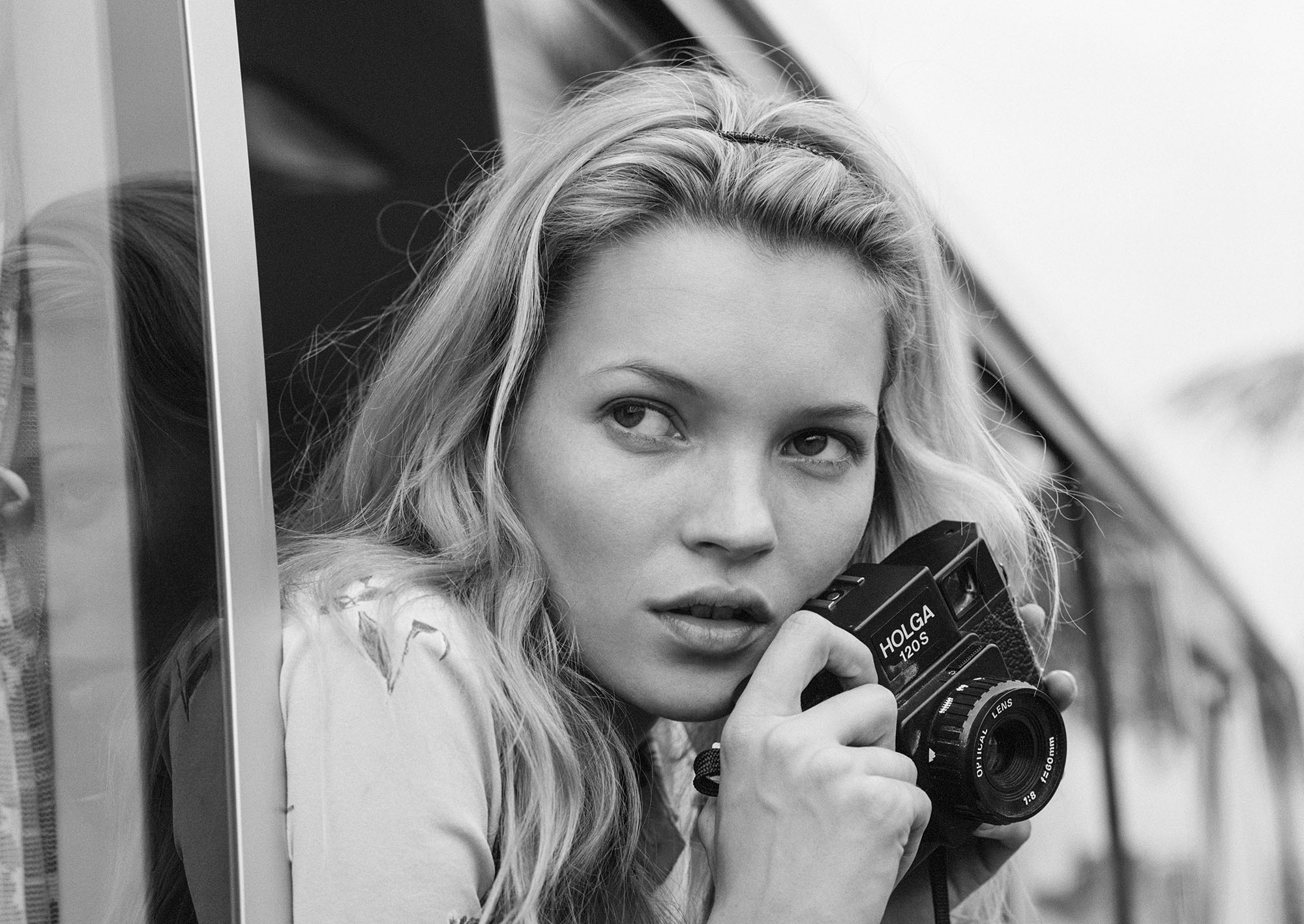
Over the course of his career spanning nearly five decades, Bruce Weber has documented the likes of Jane Goodall, Kate Moss, and David Bowie. He’s also pushed boundaries with his progressive fashion campaigns, noting that he’s “very lucky” to have been able to work nearly every day doing what he loves.
Starting this Saturday, the Dallas Contemporary will show the largest exhibition of Weber’s work to date, with more than 250 photographs, some of which have never been shown before. Ahead of the opening, TIME spoke to Weber to discuss his body of work, what inspires him, and why capturing a good photo is like “showing your crushes to the world.”
Click through the slideshow above to see exclusive images from his new exhibit, Far From Home.
TIME: What inspires you daily? What’s encouraging you to keep taking photos after nearly 50 years in the industry?
Bruce Weber: When I came to New York, I got to know Allen Ginsberg, and he was in his 70s then and he was like the youngest person I ever knew. So then I thought, it’s kind of wonderful to be like that. I would say that my dogs — I have six golden retrievers — are a constant inspiration to me. The way they see the world and the way they are with people, their openness, I always want to try to have that when I take pictures or when I don’t.
Why do you work in black and white primarily?
Sometimes, with black and white you can explore things a little more. But I like them [b&w and color] both equally. I still shoot film and some of the emulsions in color have changed a lot. For instance, when I first started shooting, I shot in Kodachrome 25 and it was the most gorgeous emulsion. I remember when I had some of it, could afford to buy the film, I just loved using it. I would never use black and white, I would always use Kodachrome 25.
Speaking of that, you still shoot in film, but I noticed that you have an Instagram; how do you feel about the way that social media is changing the way that we consume images? It’s also interesting to see the way that it’s shaping the fashion industry, how people are being casted and booked for shoots.
I feel really nice that people look at my Instagram, very flattered, but I would never book a girl or a guy for a job based on just how many Instagram hits they have. Kind of like to know if they’ve got some soul still! I do feel encouraged however by anything that makes people want to go out and take pictures. I’ve always felt that photography is kind of a tool of democracy.
Is there anyone that you haven’t photographed or worked with yet that you would like to shoot?
I kind of was chasing Jane Goodall around for a while because I really admire her and then I got to know her and photograph her a couple times and I even got to photograph her with all my six dogs. That was a real thrill. Everyday I meet people I want to photograph. I never get bored finding a person or somebody to shoot. They don’t have to be a big film star or a rock or pop star for me to want to photograph them. Sometimes, when I’m traveling around, which is what this exhibition is primarily about, I end up photographing people I just met or people that I had a crush on. Isn’t photography a little bit about getting to show your crushes to the world, whether it’s a tree or a girl or a guy or an animal?
Your photos have always been very unapologetic about sexuality, which was a little controversial when you first started. What motivated you to continue to maintain this element in your work, even after you were criticized?
I was pretty shy and I felt that it was sort of a nice way to explore myself and get to know myself better. I never felt that a lot of pictures that people thought were sexual were — I thought they were kind of square, so maybe it shows you where my life was at so to speak.
We recently talked to Peter Lindbergh about this year’s Pirelli calendar. He brought up your work, and said you enjoy shooting men more than he does. A lot of the photos you’re known for have centered around male bodies; is there a reason why those are the images you create?
You know it’s funny; when I take a picture of a guy, I’m really thrilled if a girl or guy says to me, “Wow, I wish that guy was my boyfriend” or “I wish I knew that guy,” that’s really a nice feeling. When I started, there weren’t a lot of guys’ photographs in the world and people never really gave guys compliments or the attention that you give a girl, and so I thought maybe it’s a way for me to show the attention that I didn’t get, some of my friends didn’t get growing up, so it’s kind of nice that guys get attention once in a while.
One of the images that I found really striking from your exhibit shows Kate Moss wearing a gown in a field with what appears to be a farm worker next to her. Does it ever feel voyeuristic to be shooting people and their culture alongside models for a fashion editorial or campaign?
That’s a really good question and one that I take really seriously. When I went to Vietnam — that’s where the photograph was taken, I went there for Vogue – and I really had a problem about going there in that way, even just as a photographer, not because I was working for a fashion magazine. So when we all first stopped there, I went to an orphanage that Christina Noble had, that was built by the Kennedy family and I read a book that Christina had written about the orphans after the war. Anyways, we came there and it really helped me to be able to connect Kate and the children and we were there with the most beautiful children; we got closer to the people in a very human way. You know, now, when I go to a country, I try to be a little more responsible and not show a $10k dress in a country where they don’t have clean water to drink.
How does it feel to look back at such an expansive body of work?
I look at it for the experiences that I have had and I look at it so I can make my pictures better, so I can get close to being able to share the experience I had, that moment, the people that I’m photographing and the people that are close to me. I always felt that I took pictures for somebody in my family or somebody I was in love with.
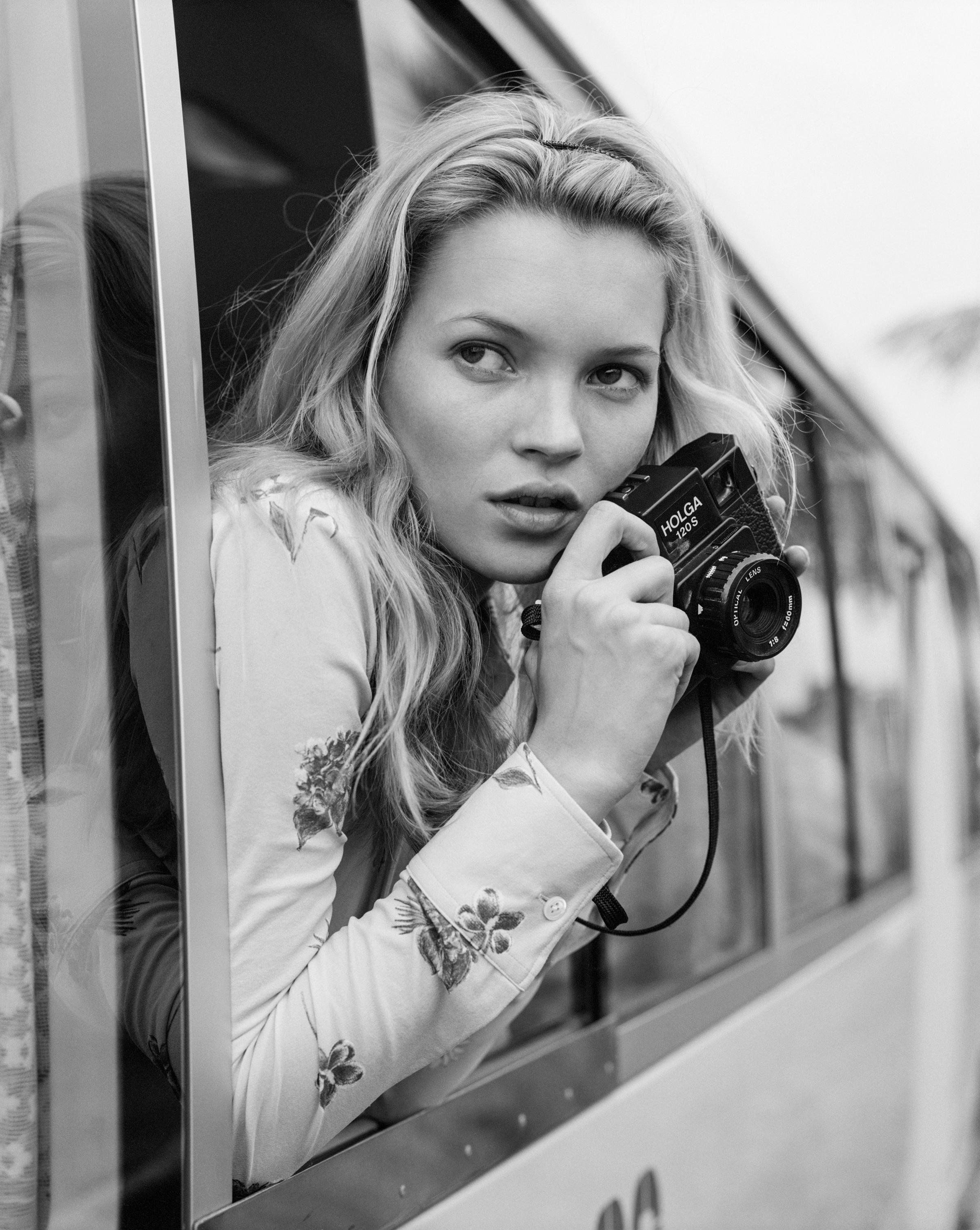
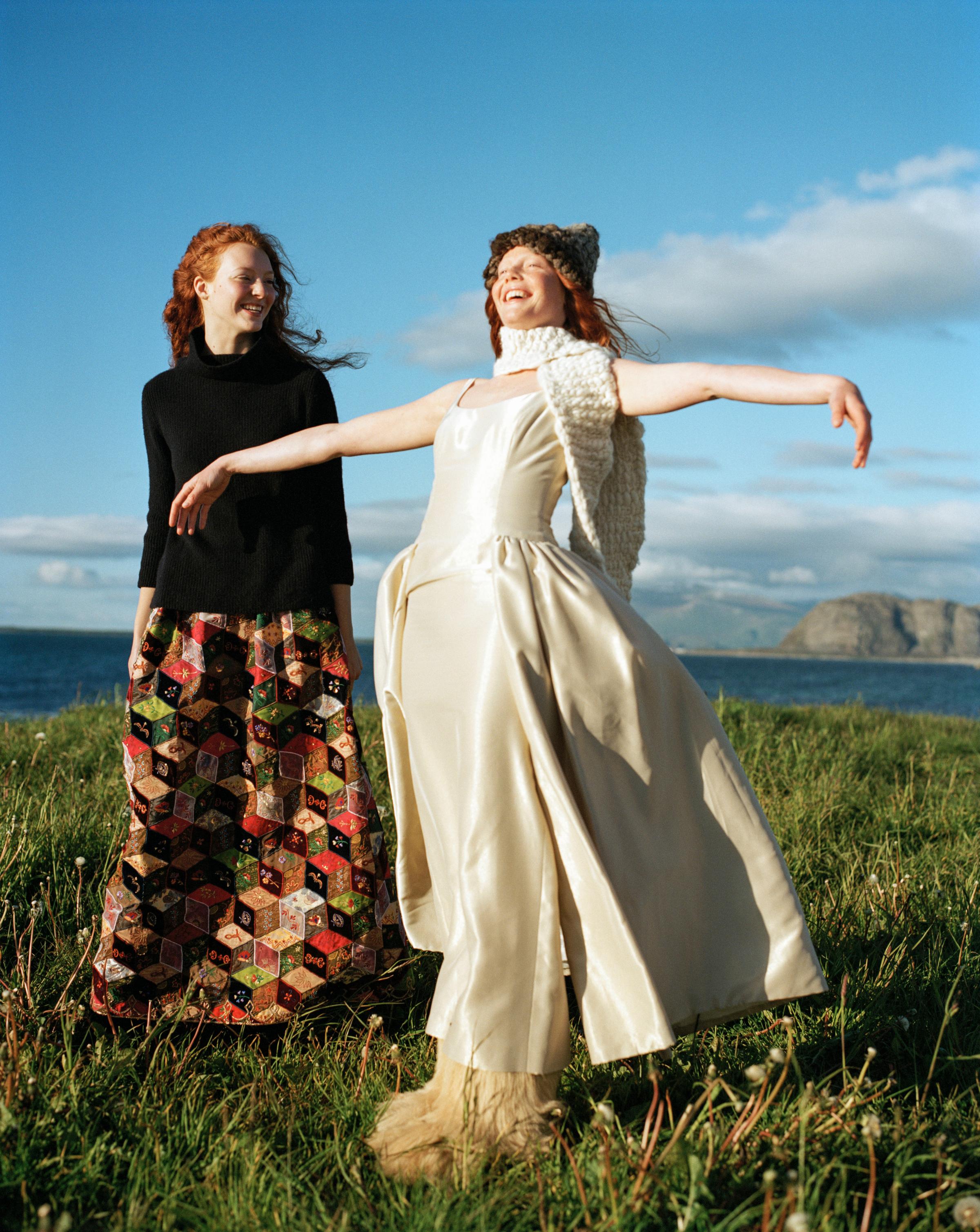
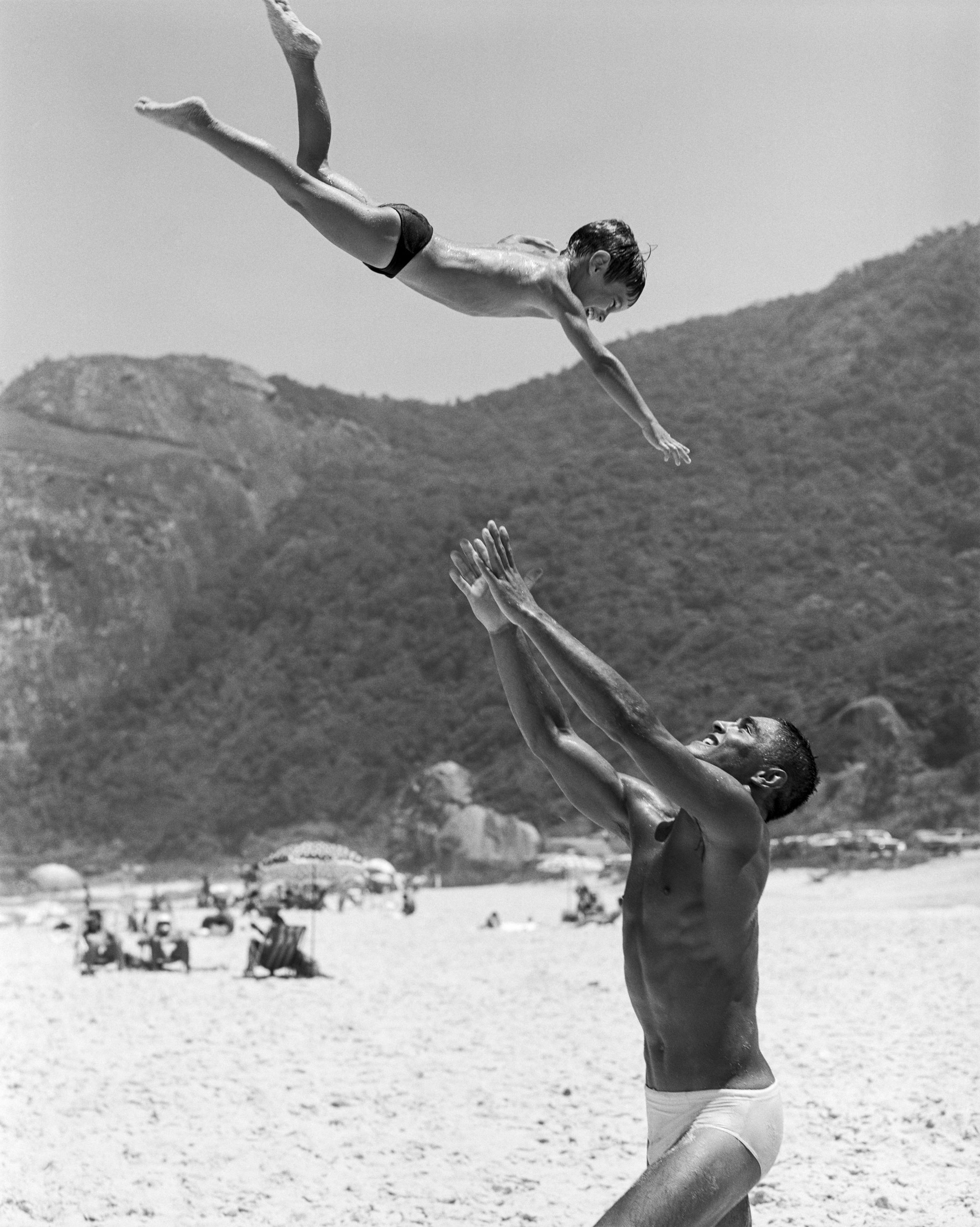
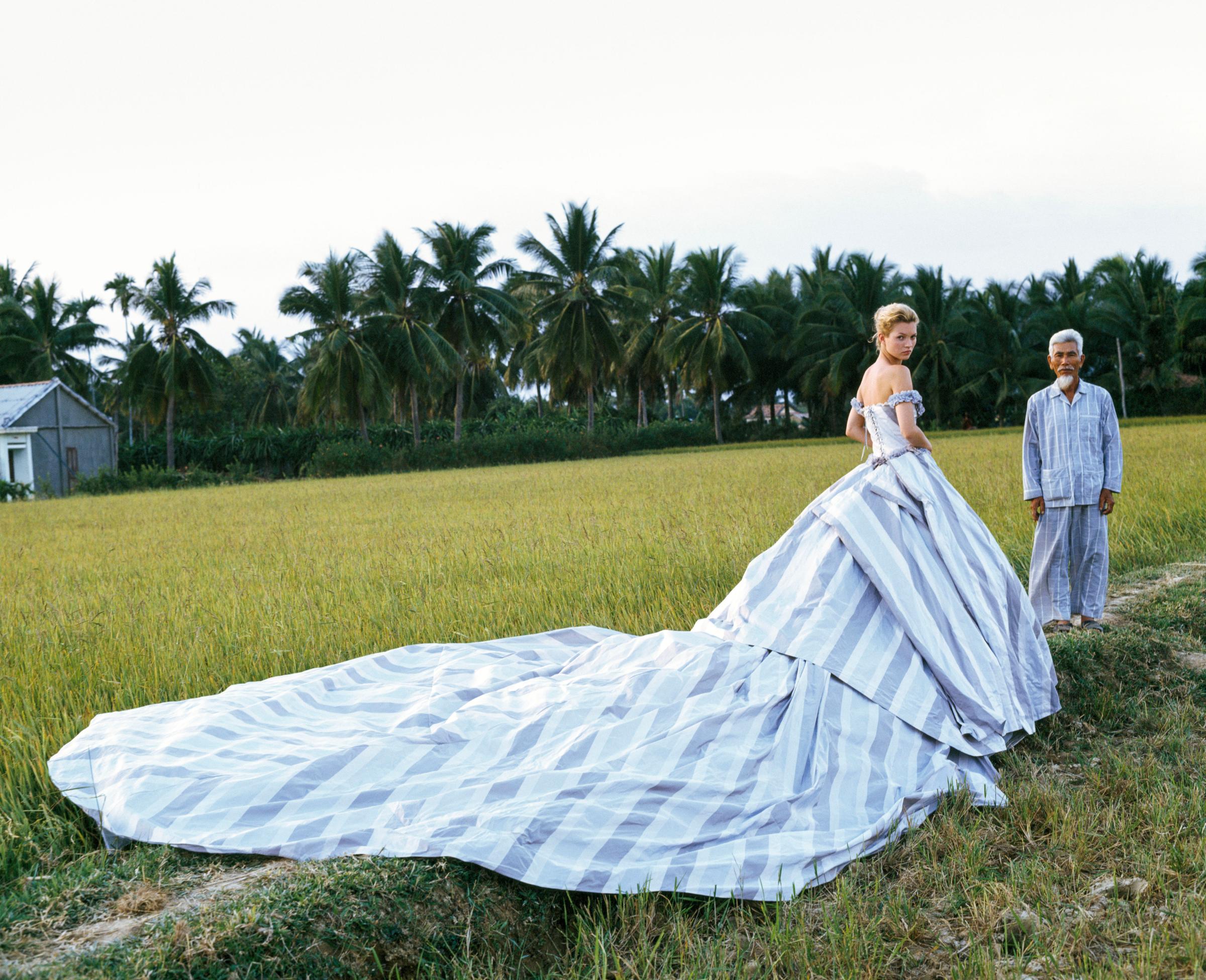
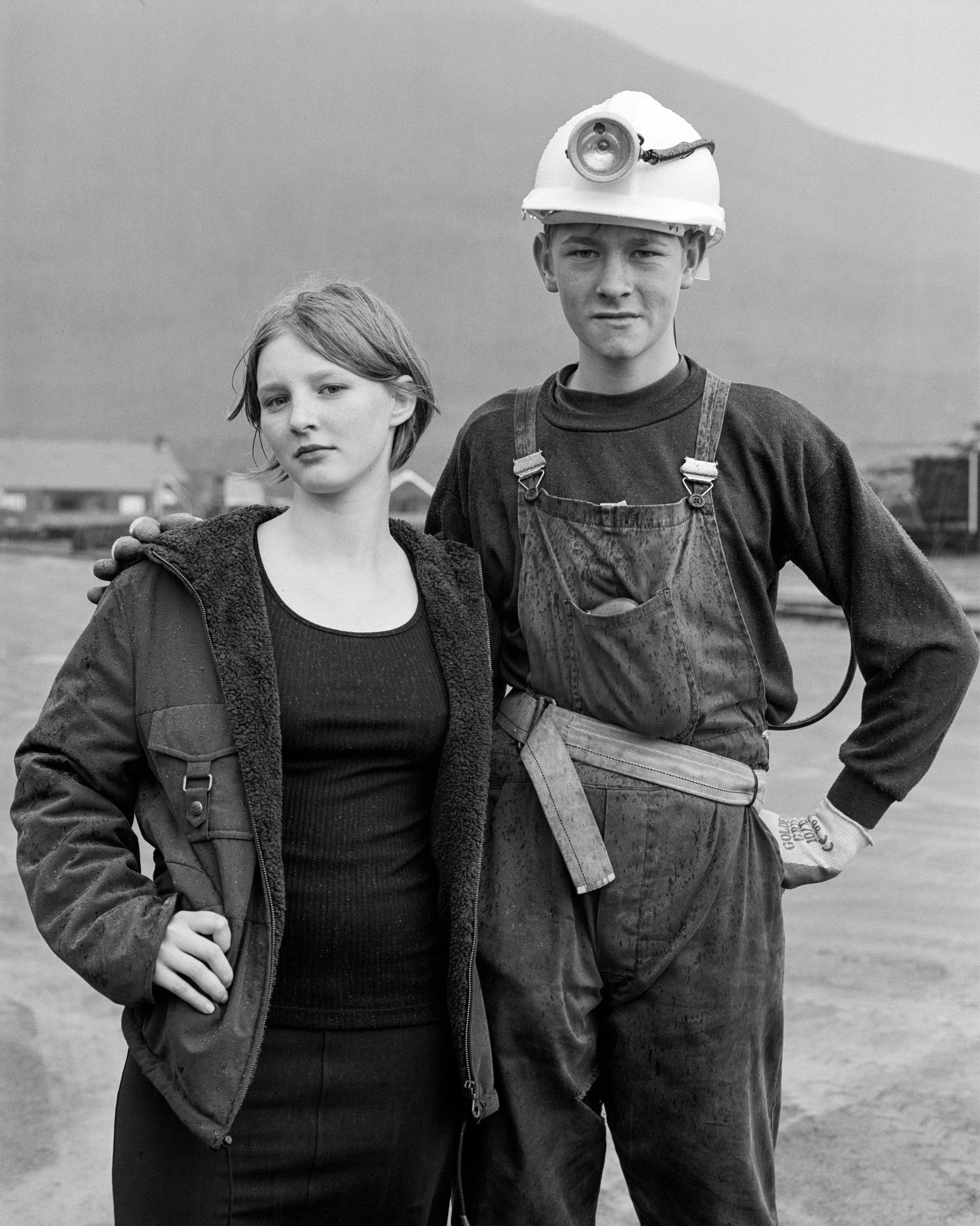
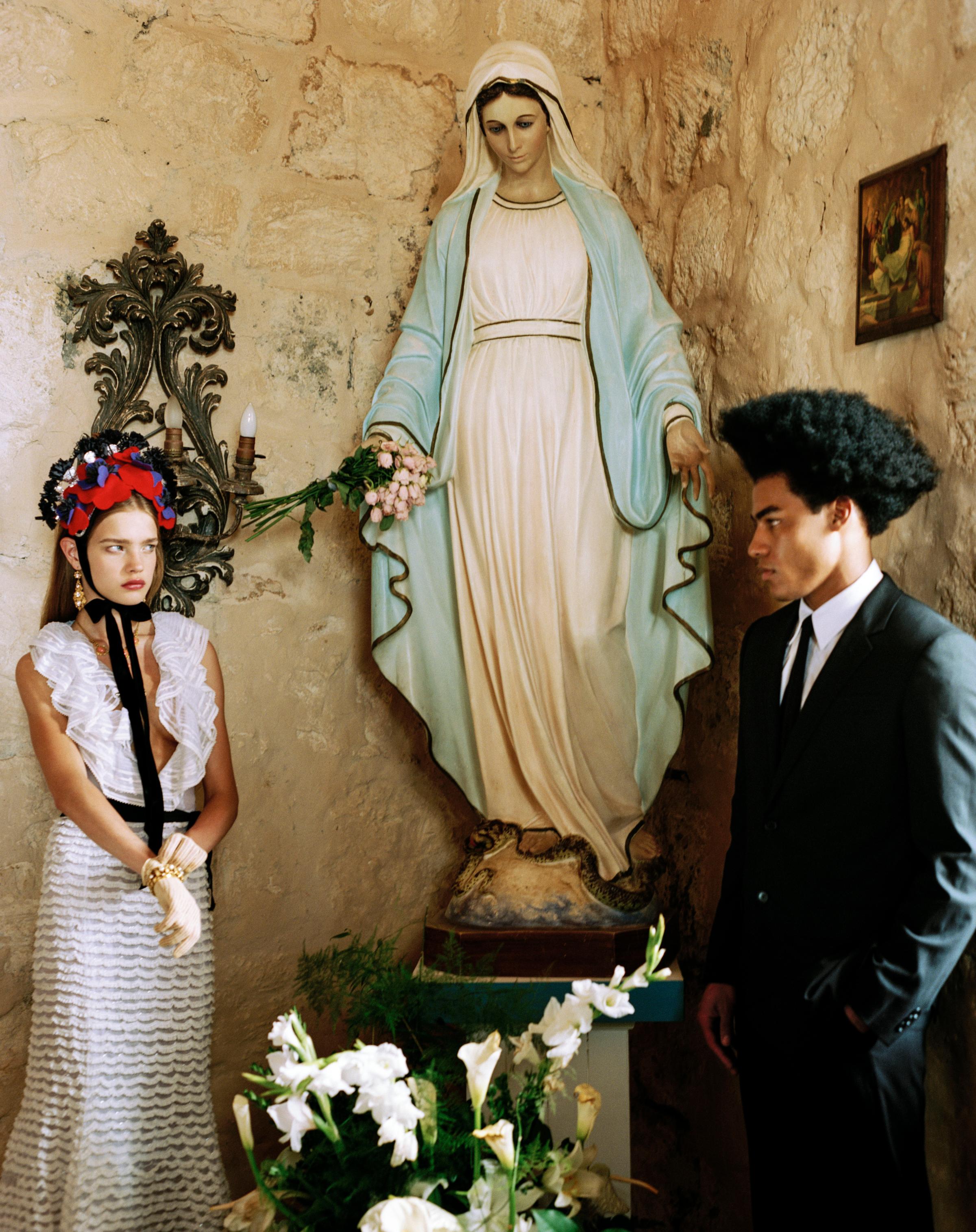
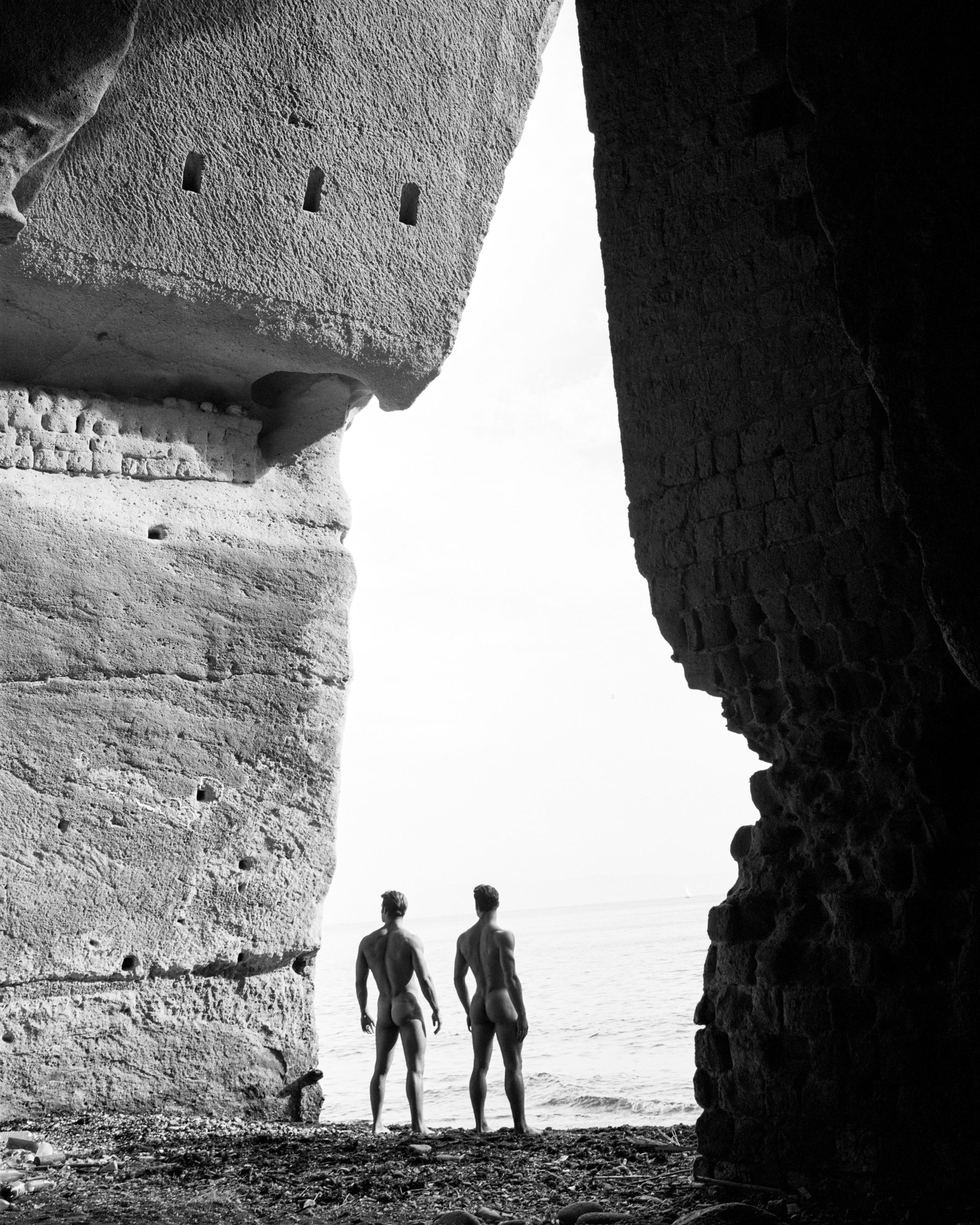
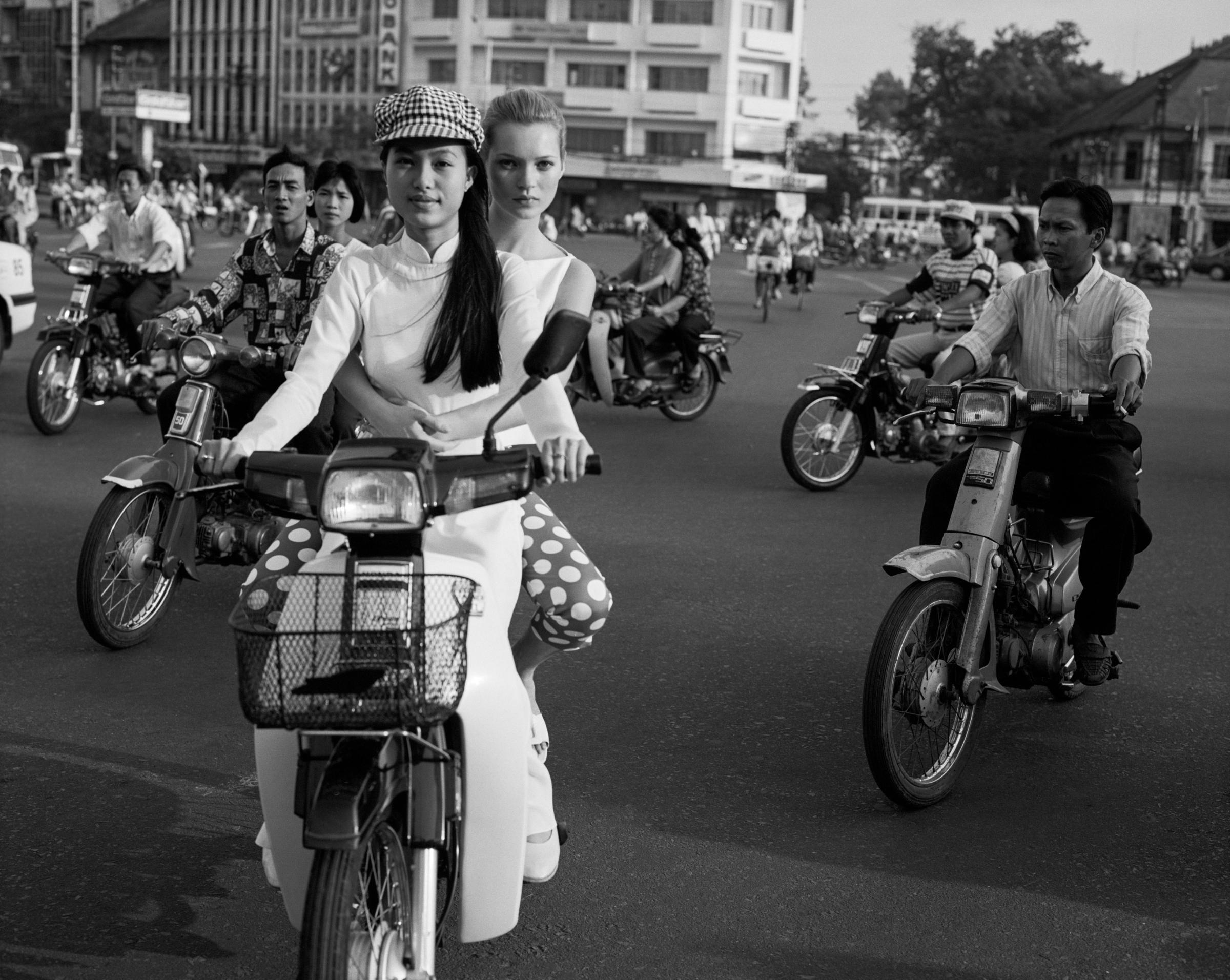
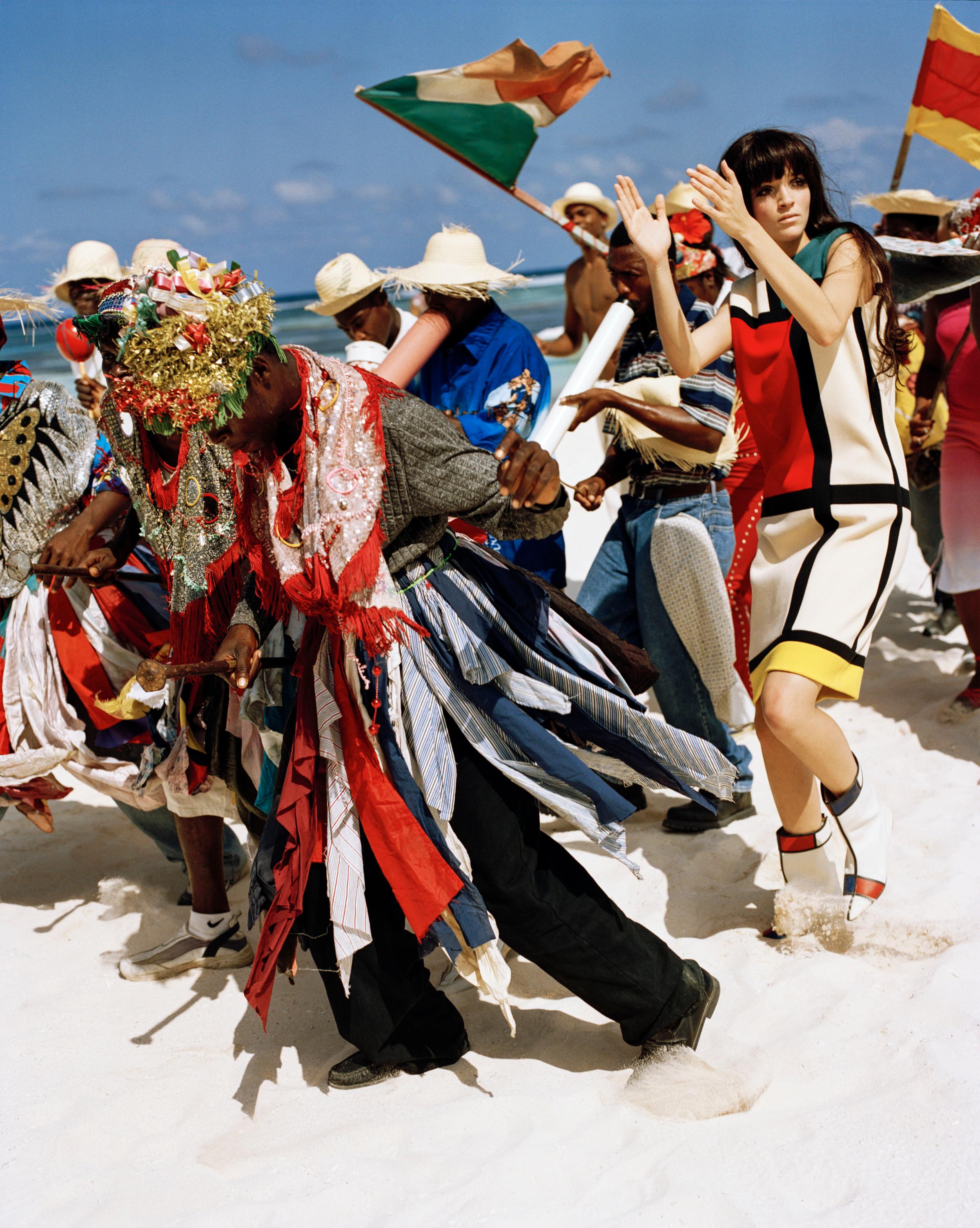
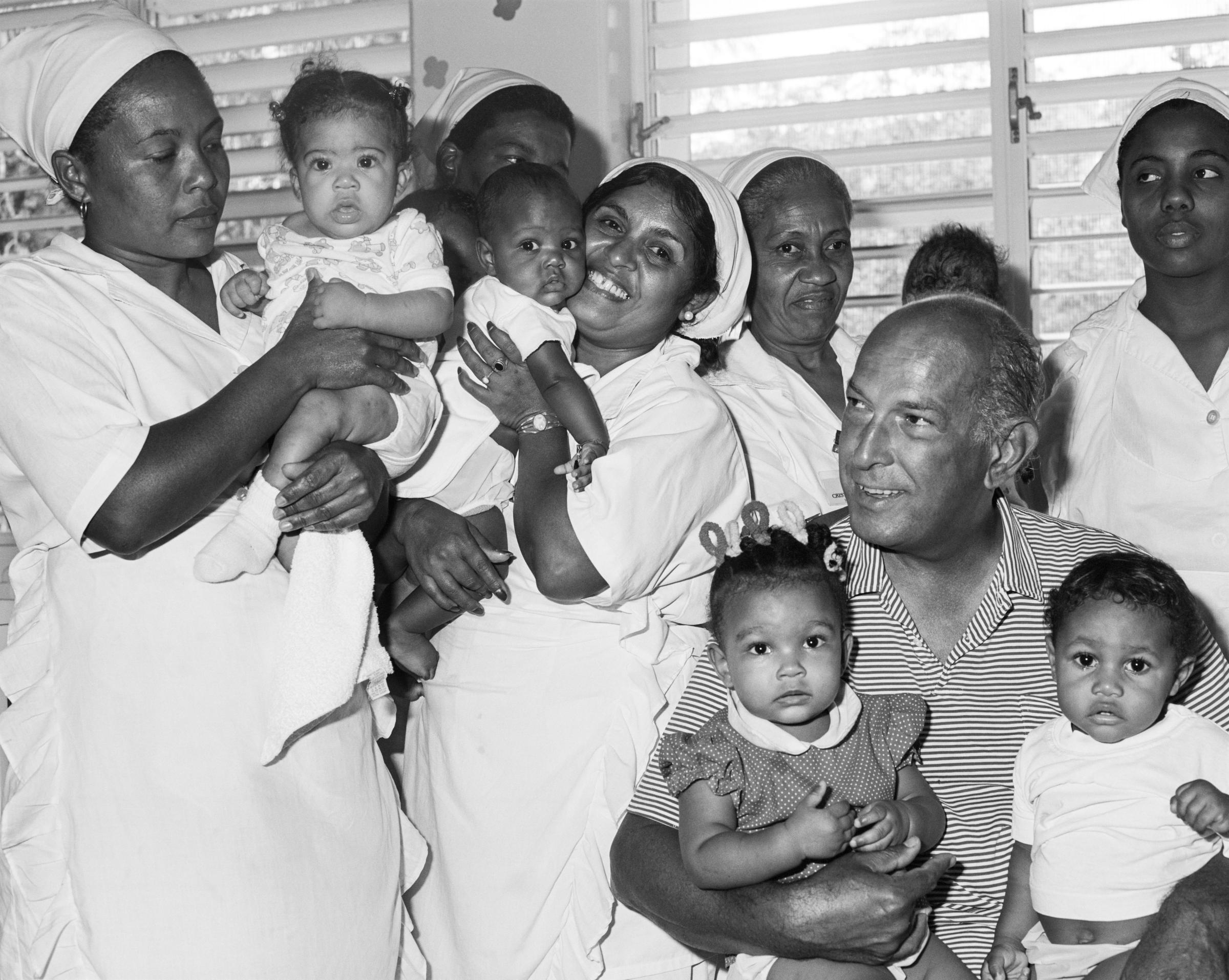
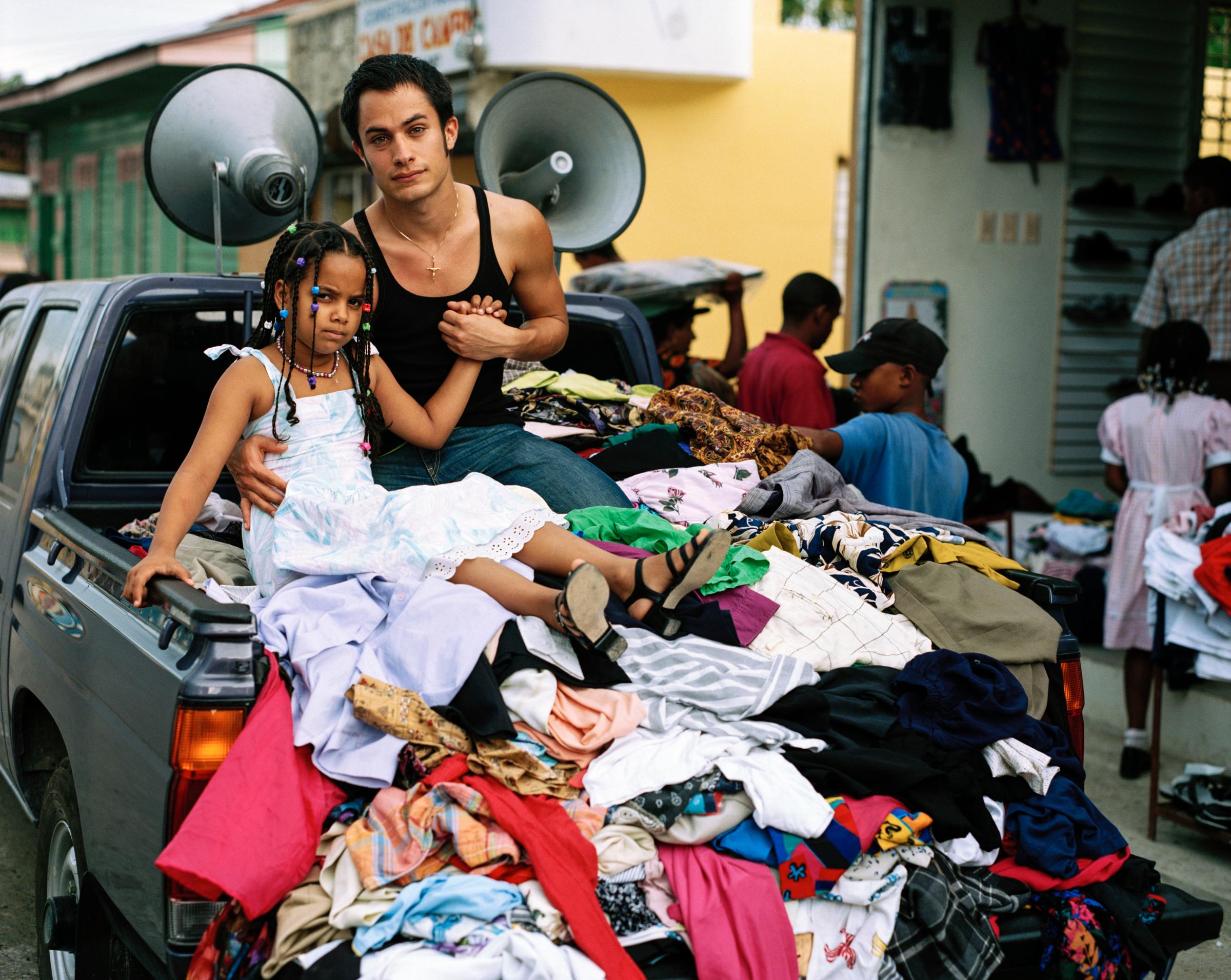
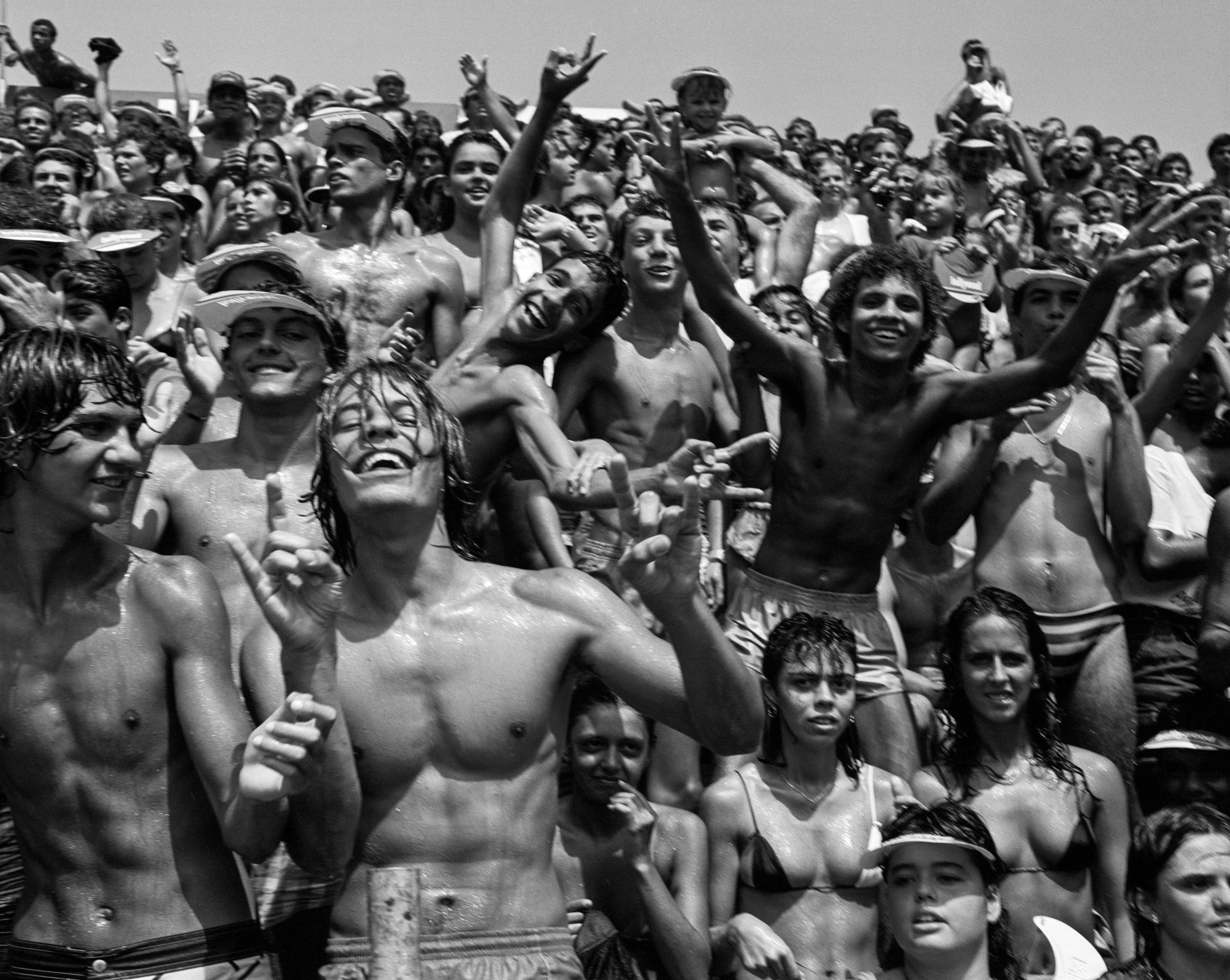
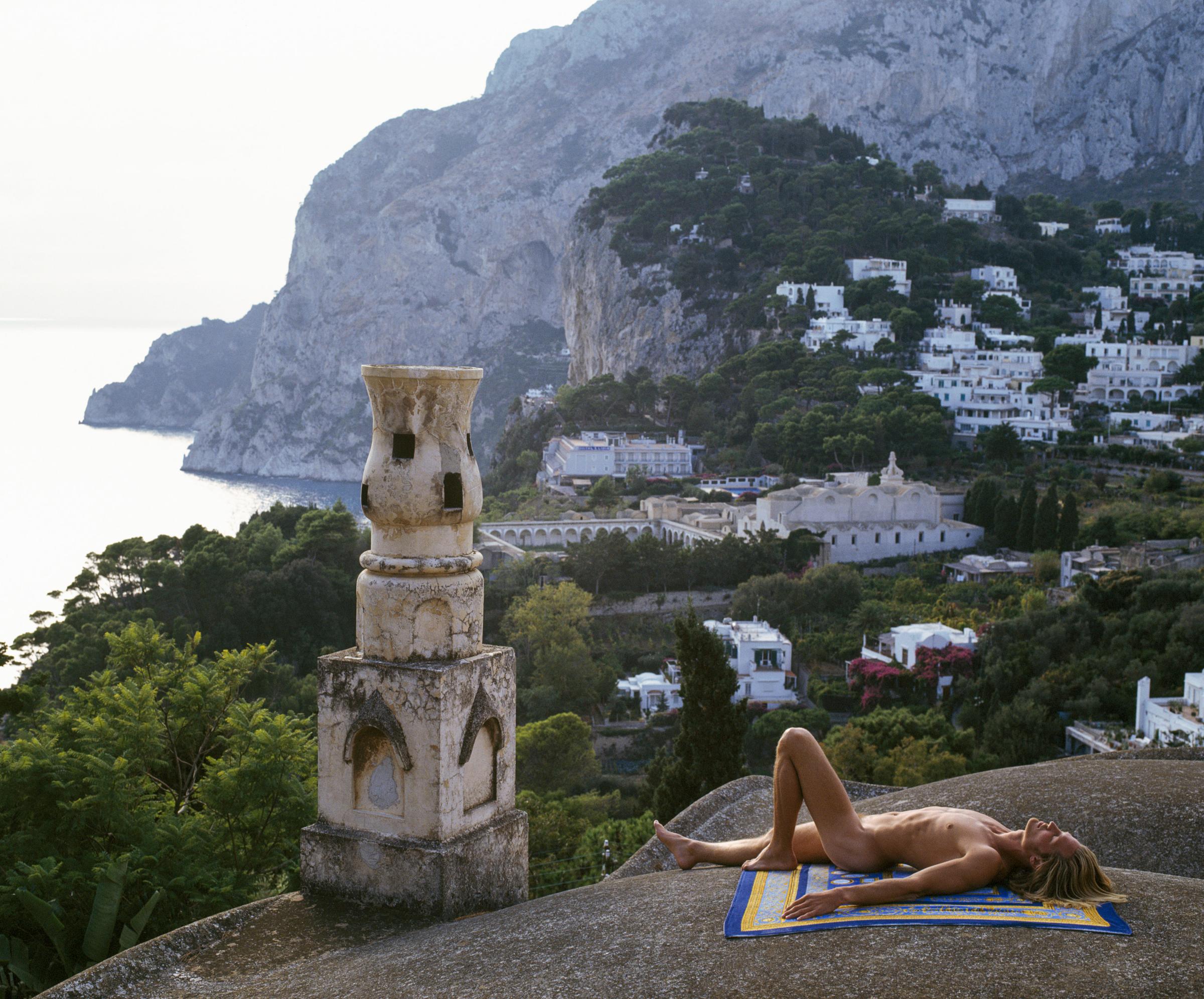
More Must-Reads From TIME
- The 100 Most Influential People of 2024
- The Revolution of Yulia Navalnaya
- 6 Compliments That Land Every Time
- What's the Deal With the Bitcoin Halving?
- If You're Dating Right Now , You're Brave: Column
- The AI That Could Heal a Divided Internet
- Fallout Is a Brilliant Model for the Future of Video Game Adaptations
- Want Weekly Recs on What to Watch, Read, and More? Sign Up for Worth Your Time
Write to Cady Lang at cady.lang@timemagazine.com